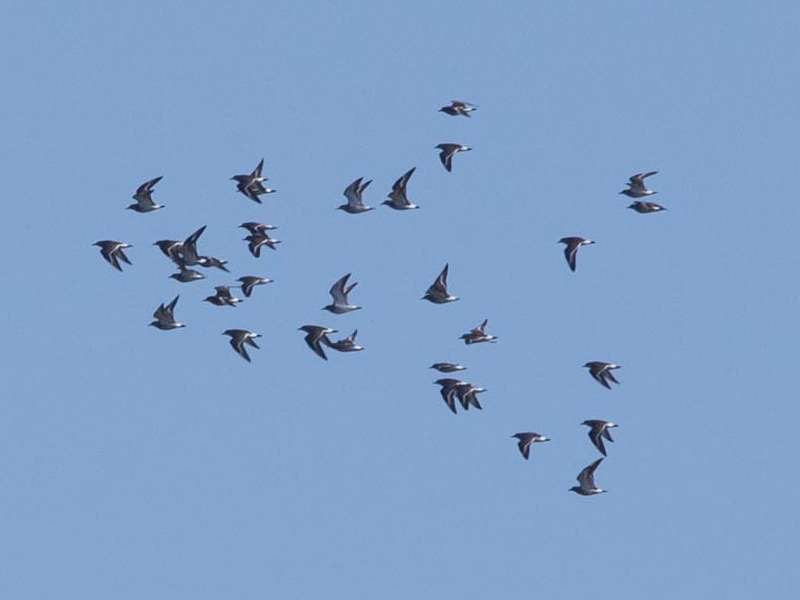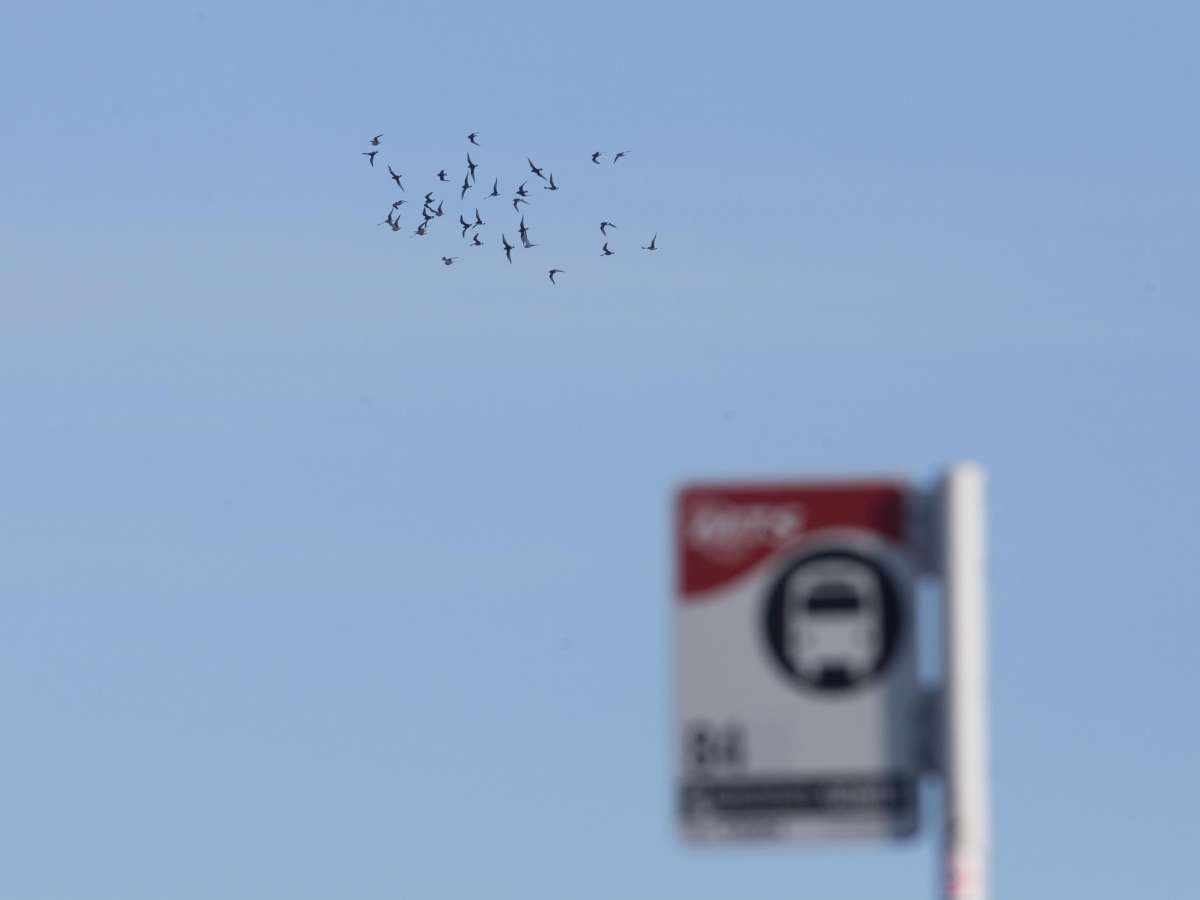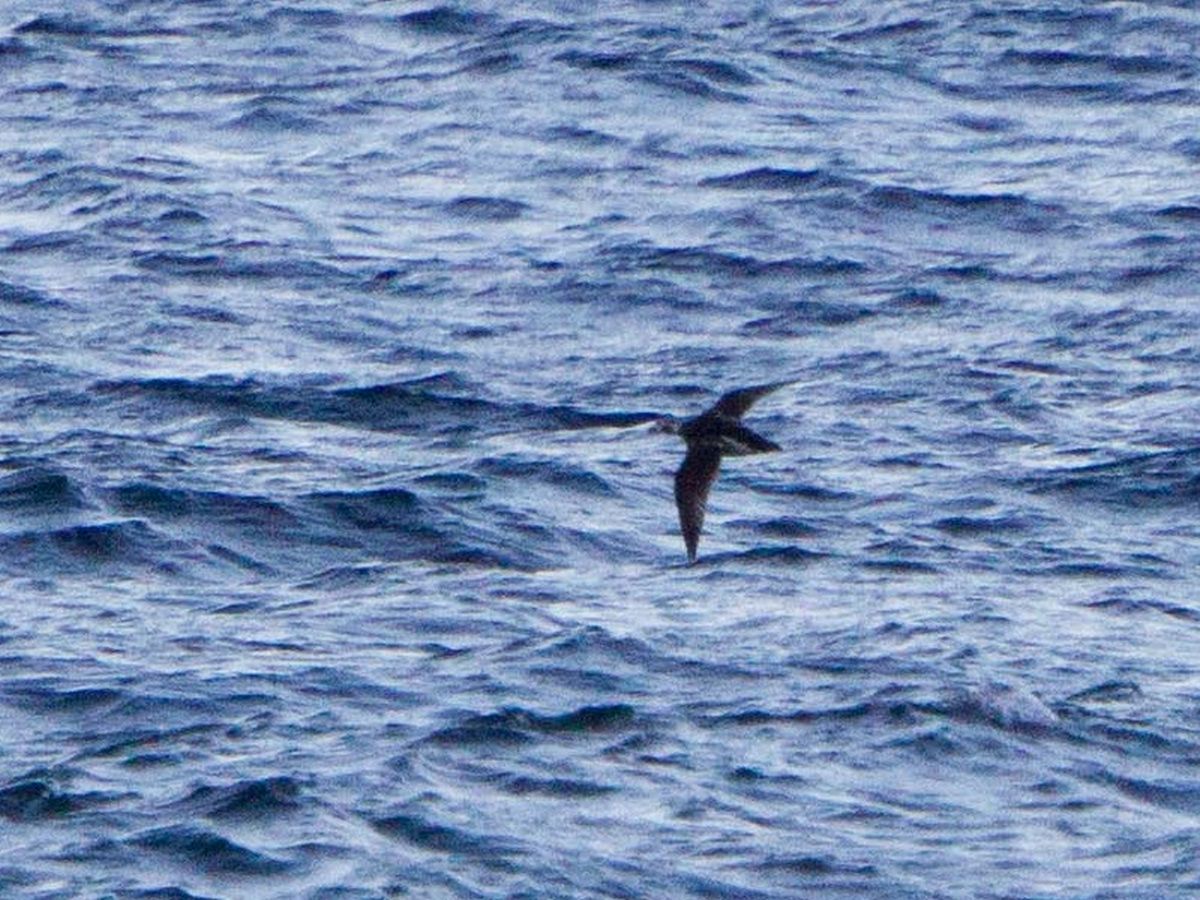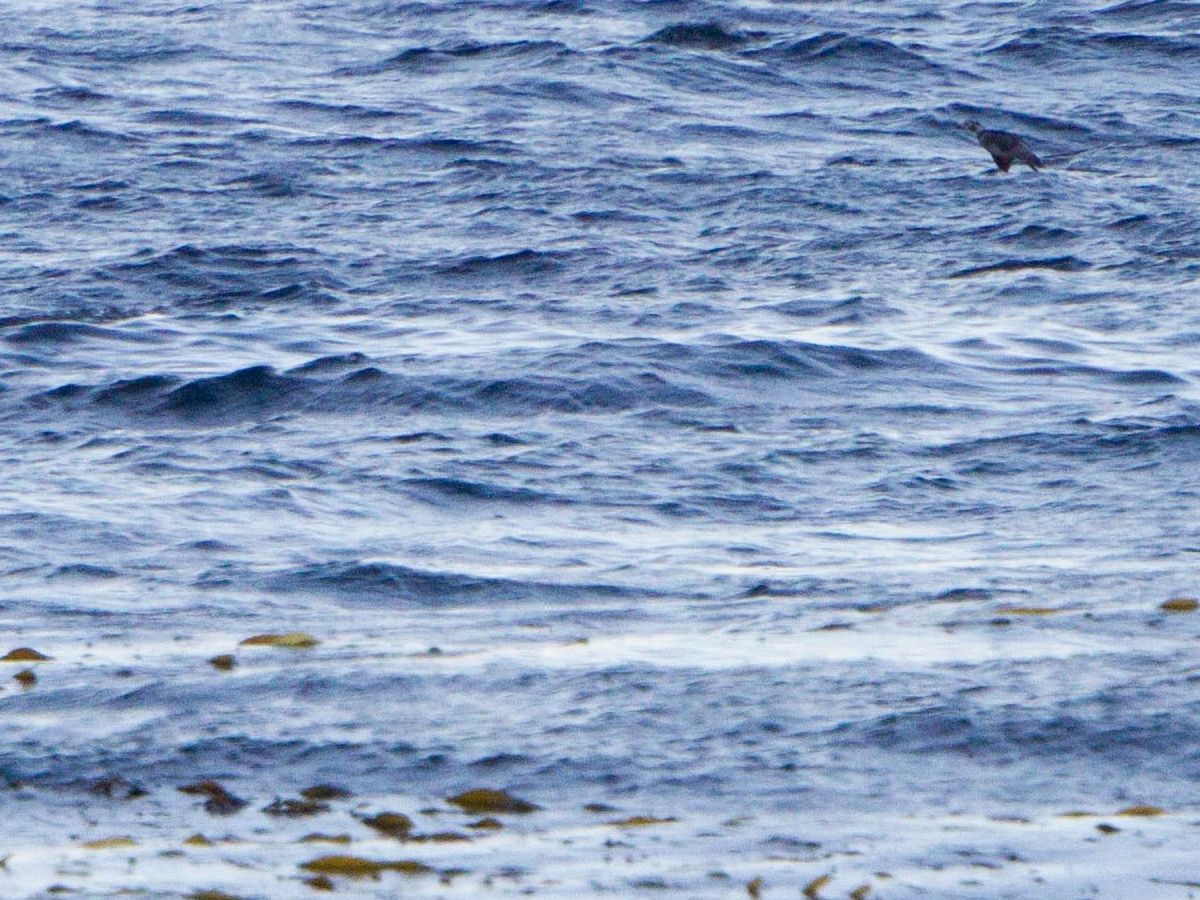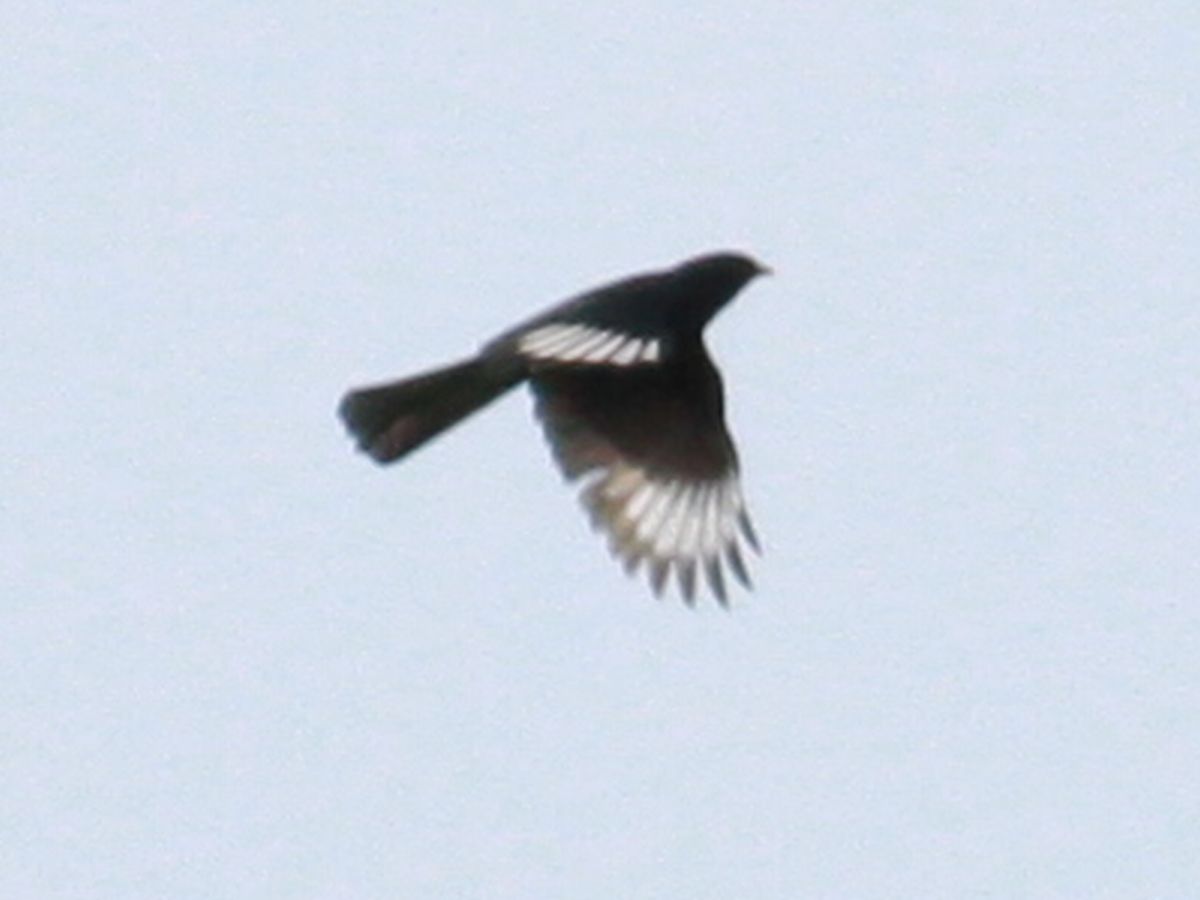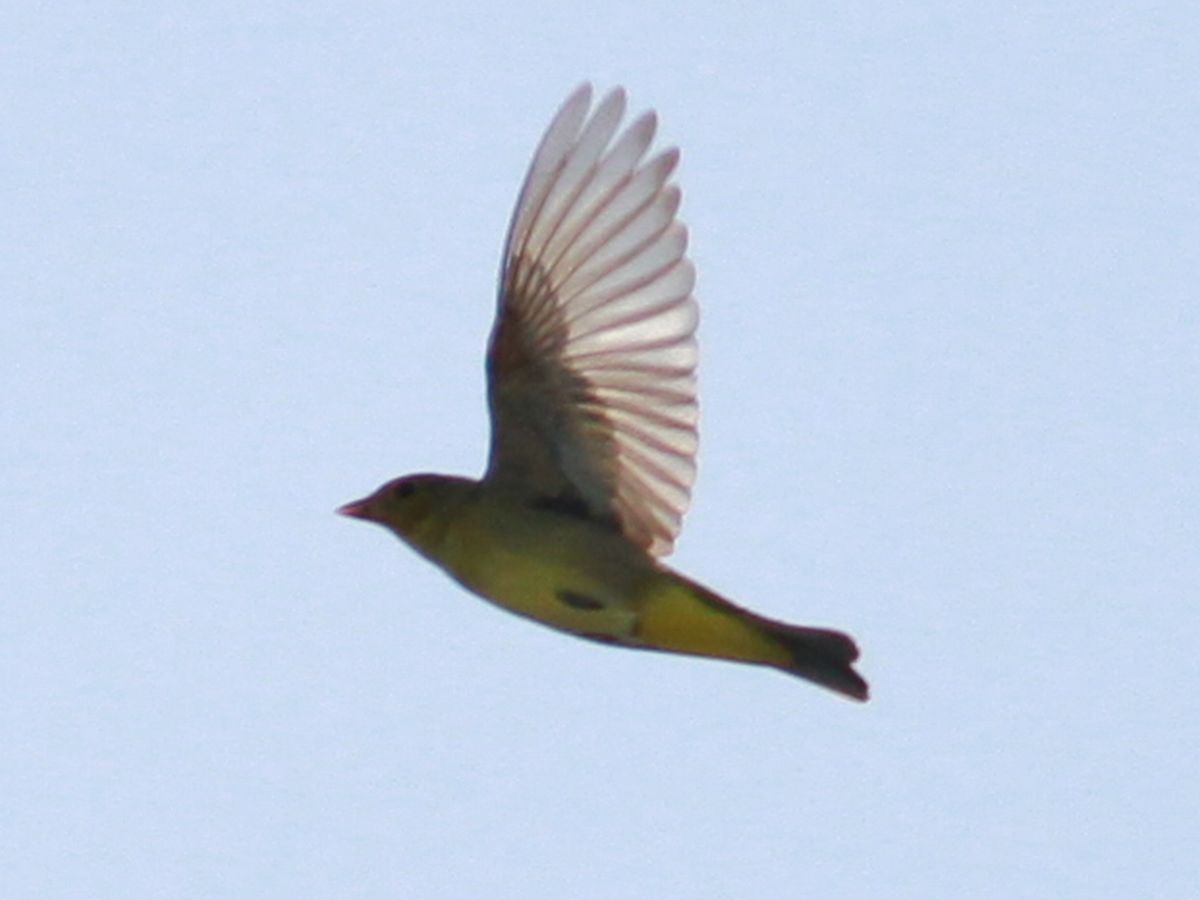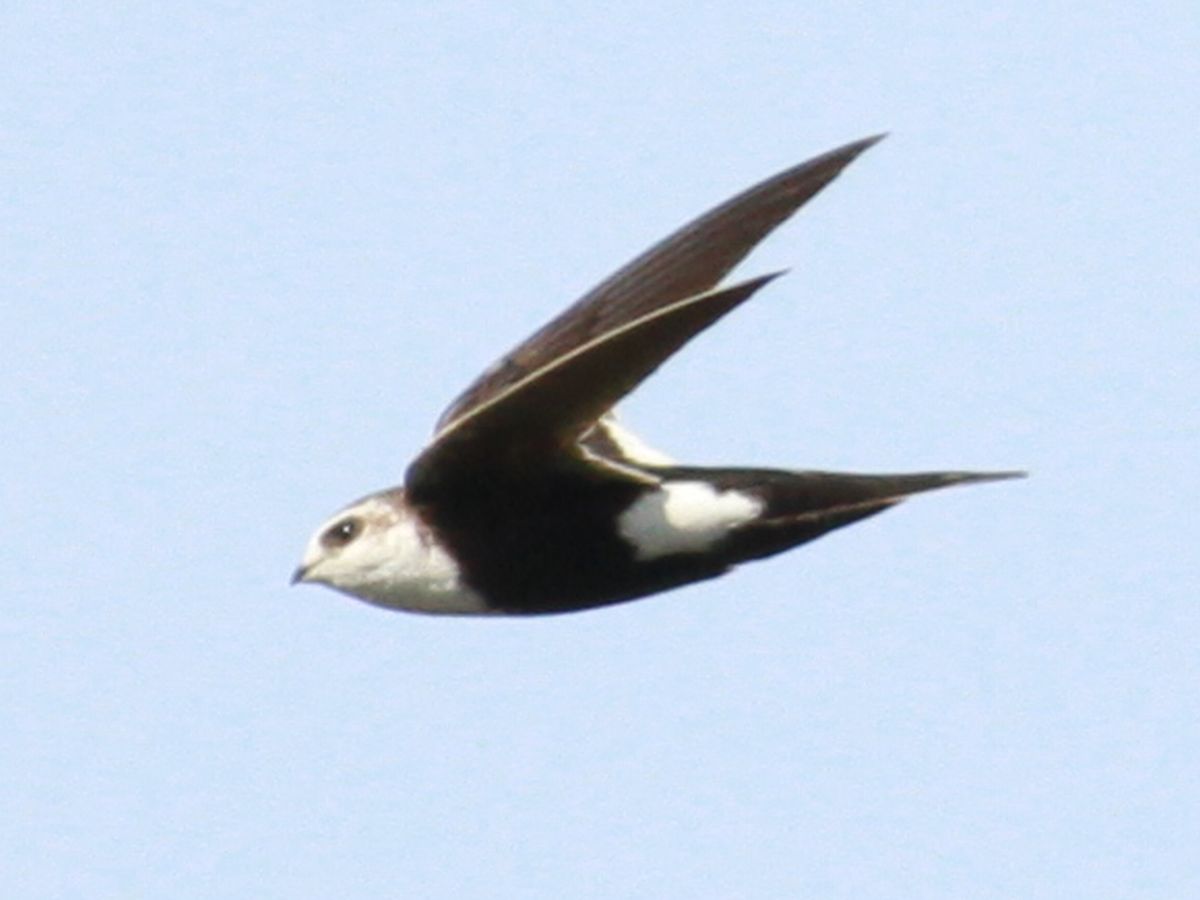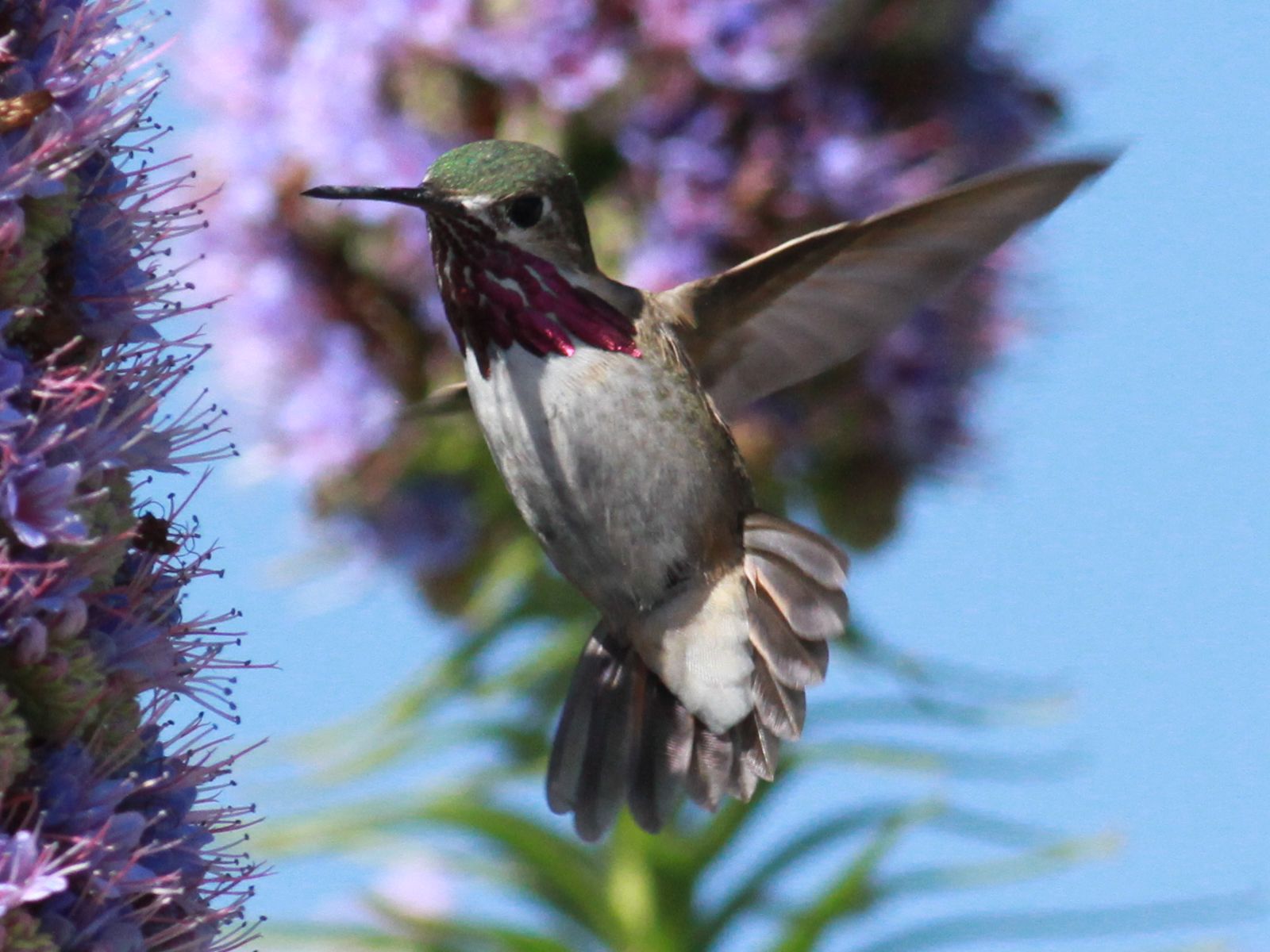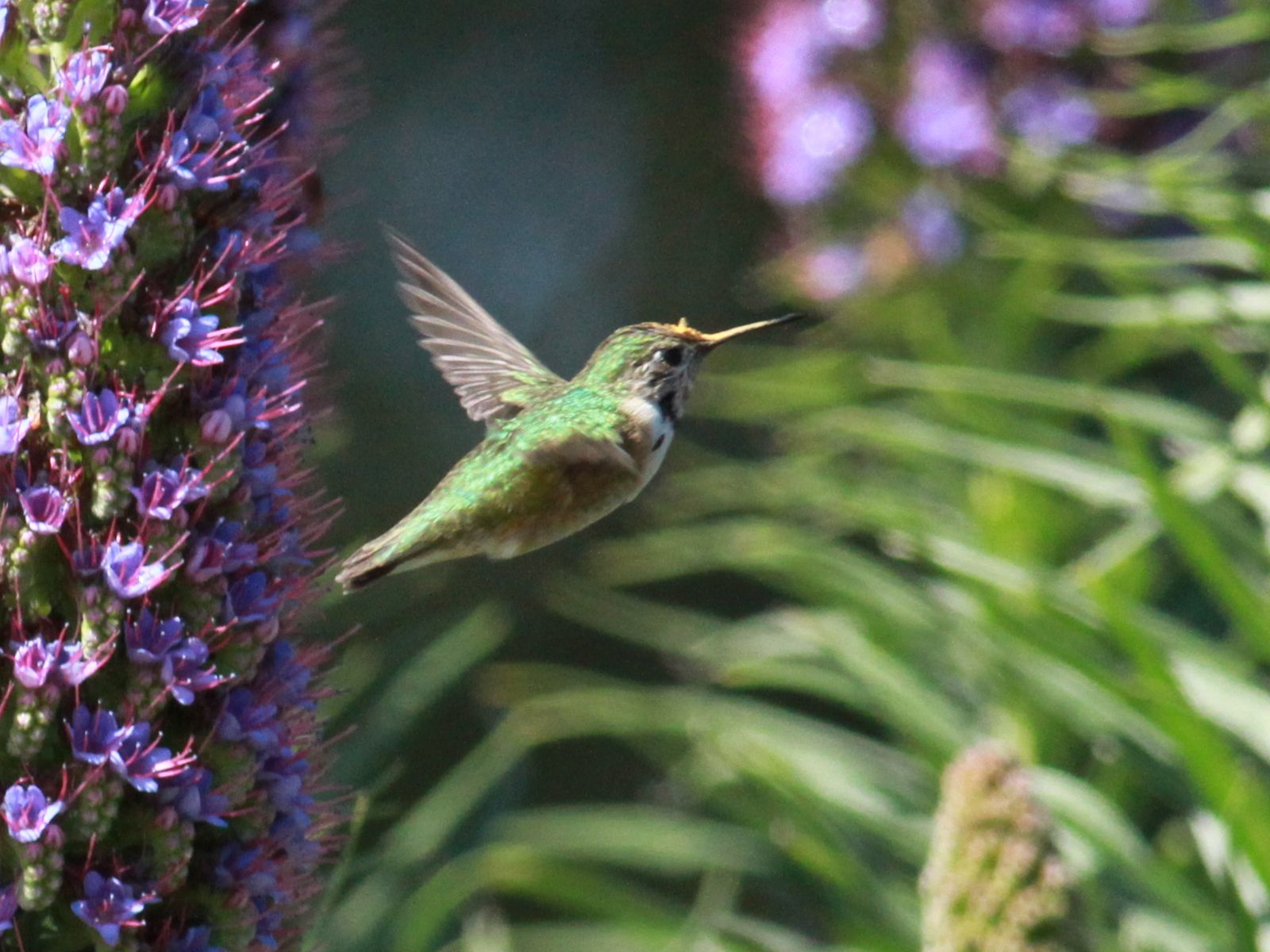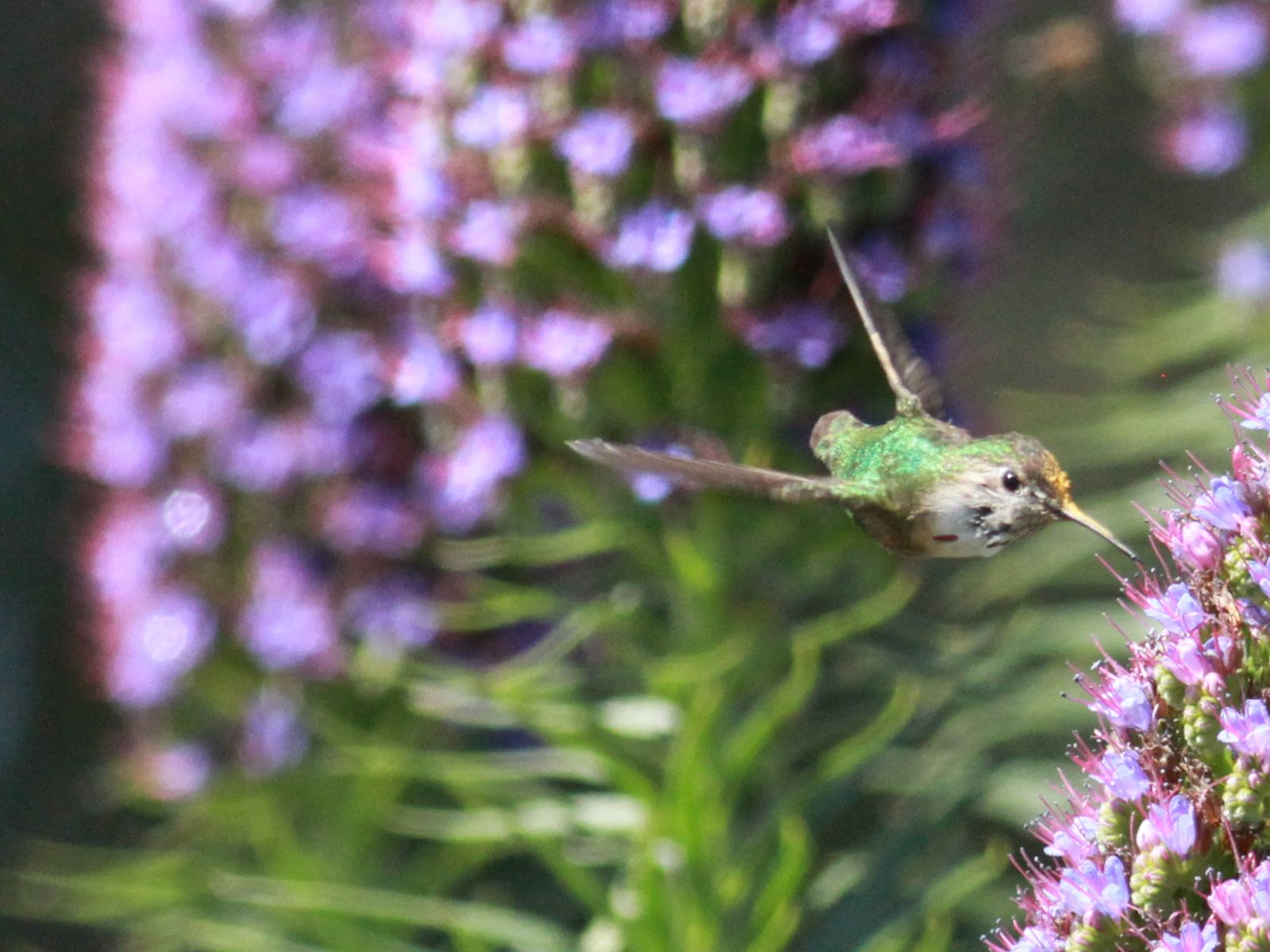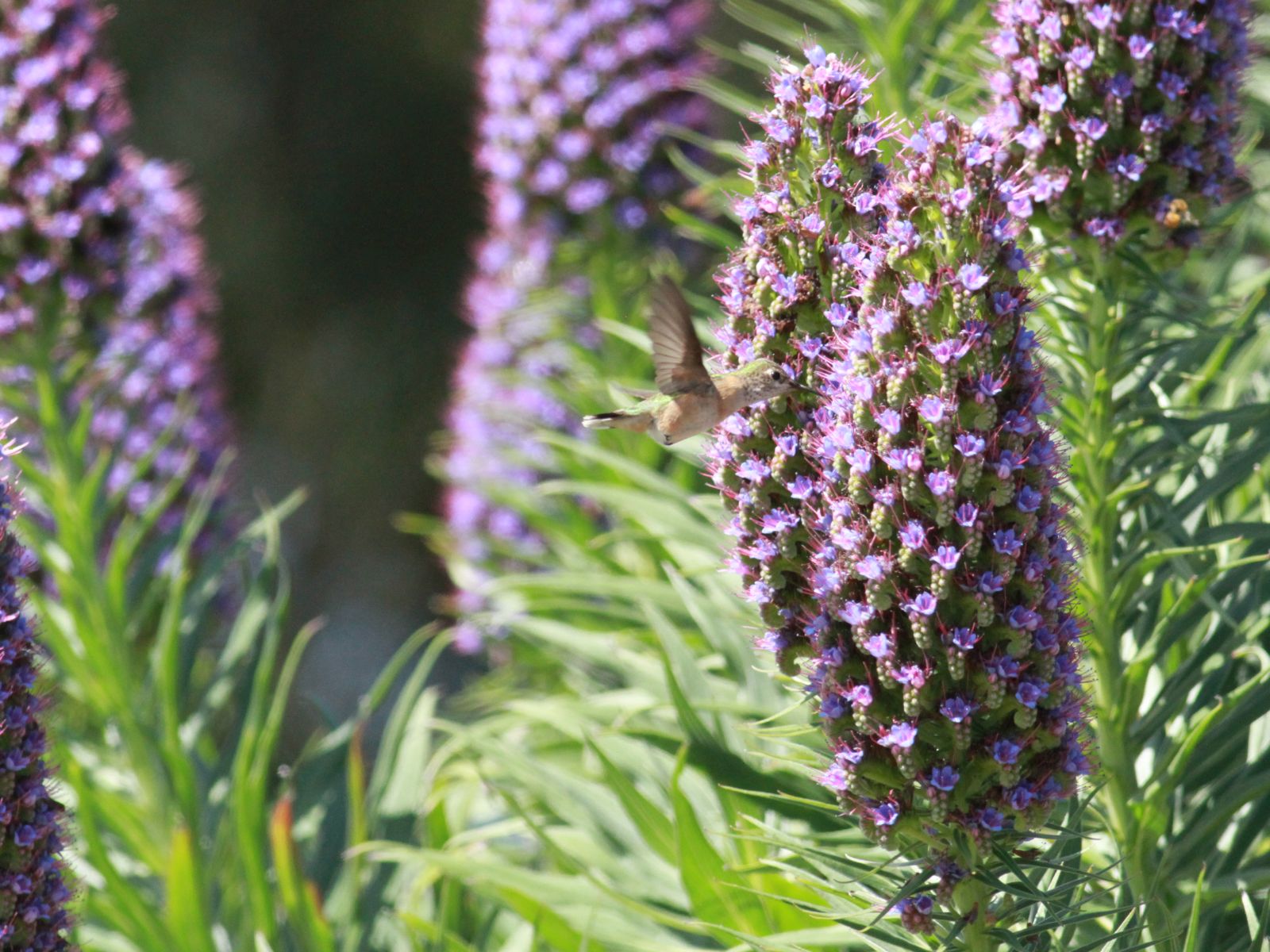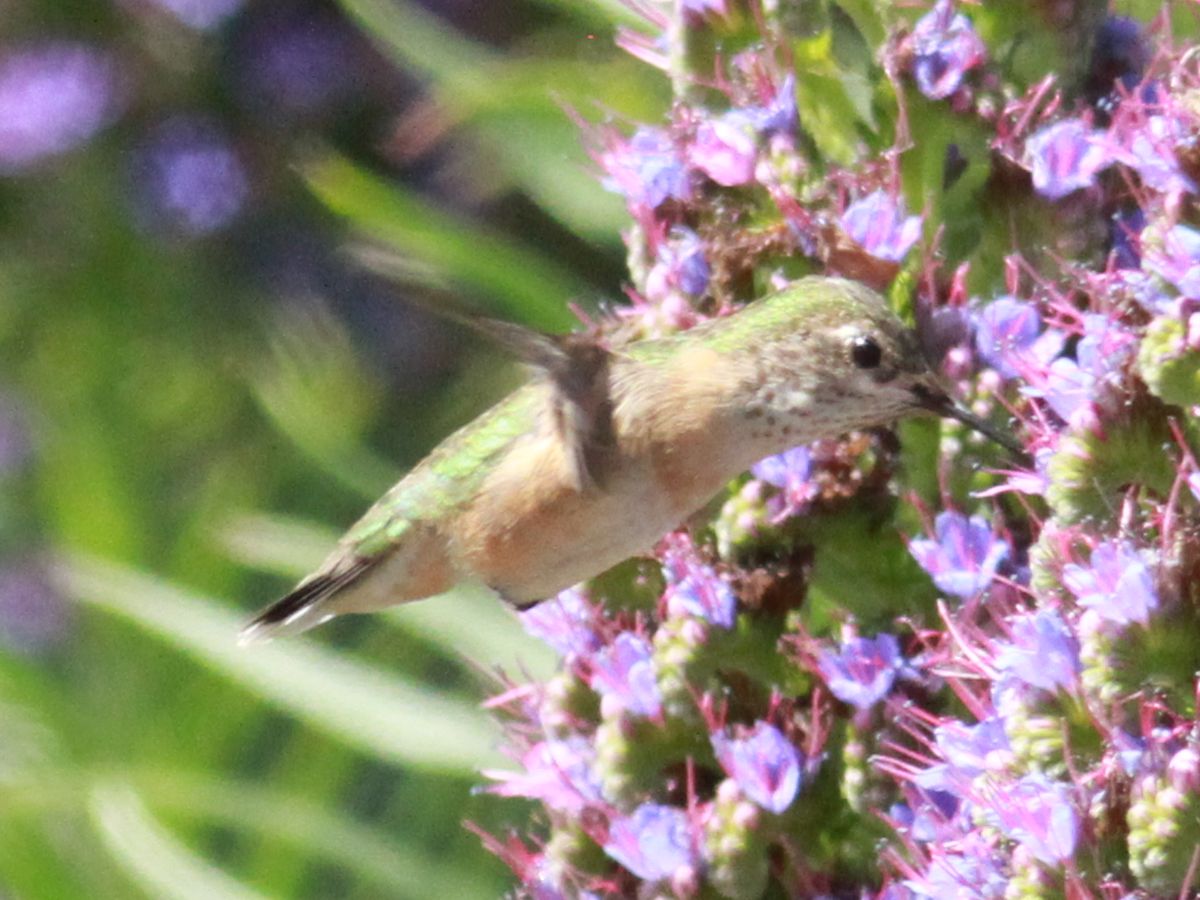[All photographs copyright, Gary Nunn 2013] – I visited the Dairy Mart Ponds at lunch time today and ran into visiting birder Jennifer Larson from Sierra Vista, Arizona. Together we checked out the two viewpoints over the main pond although not finding many birds. While we were walking back to the parking area I spotted two medium sized hawks, beating along against the wind, coming straight towards us and at low height. My first impression, looking at the leading bird, was they might be Broad-winged Hawk Buteo platypterus. As they came by I managed to come to my senses and hoist the camera for some flight shots, just catching the second bird! I have been meaning to program a custom function button on my camera body to a setting where images are shot one-stop over-exposed – how I wish I had done that earlier now! The slightly under-exposed images show a well marked light colored first-cycle Broad-winged Hawk. The bird still retains all its very worn, tattered in places, juvenile flight feathers although perhaps molt has begun with one inner primary missing on the left wing. The first and second images below are identical but the second has brightness and contrast adjusted. The two birds appeared pretty much identical to me although I focused in on the second one as it lagged behind the leader.
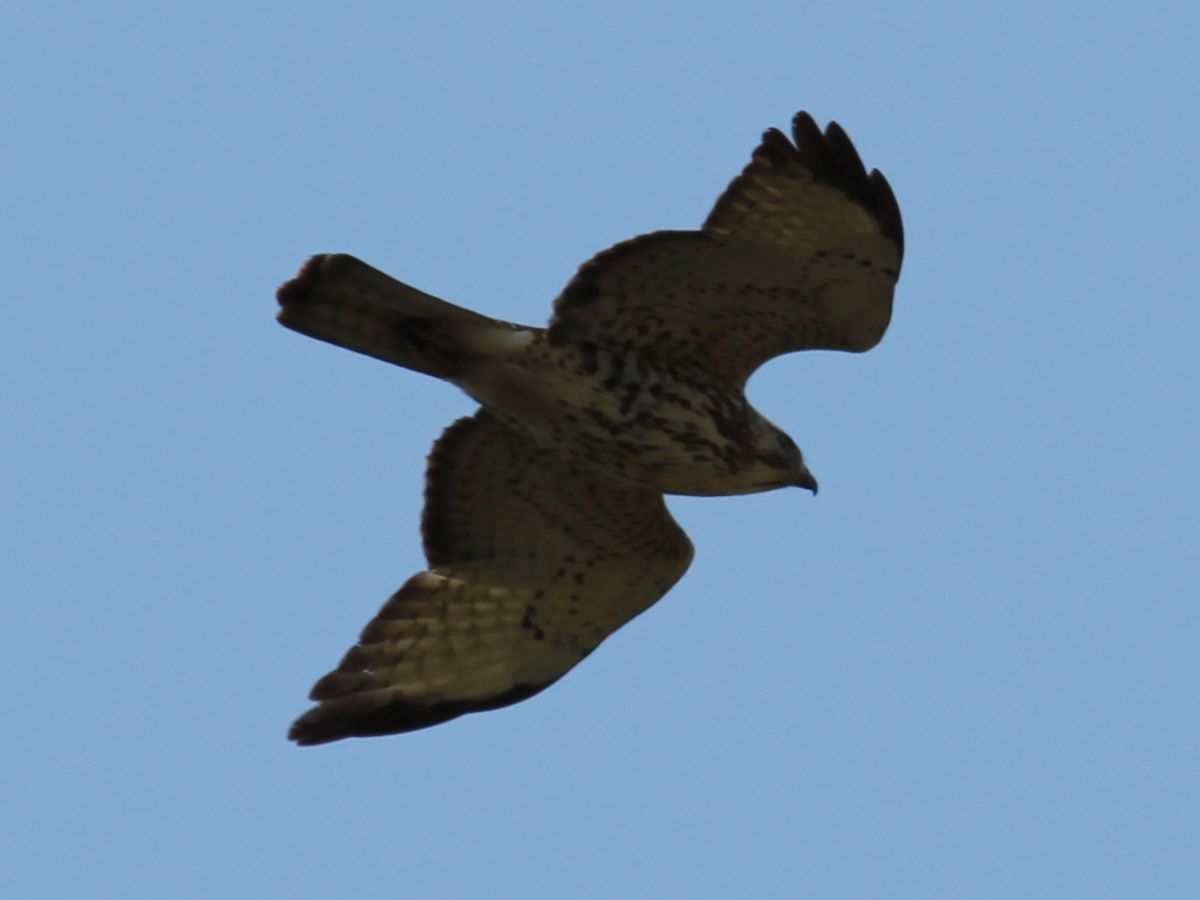
Broad-winged Hawk first-cycle – Dairy Mart Ponds, Tijuana River Valley, San Diego 30 Apr 2013
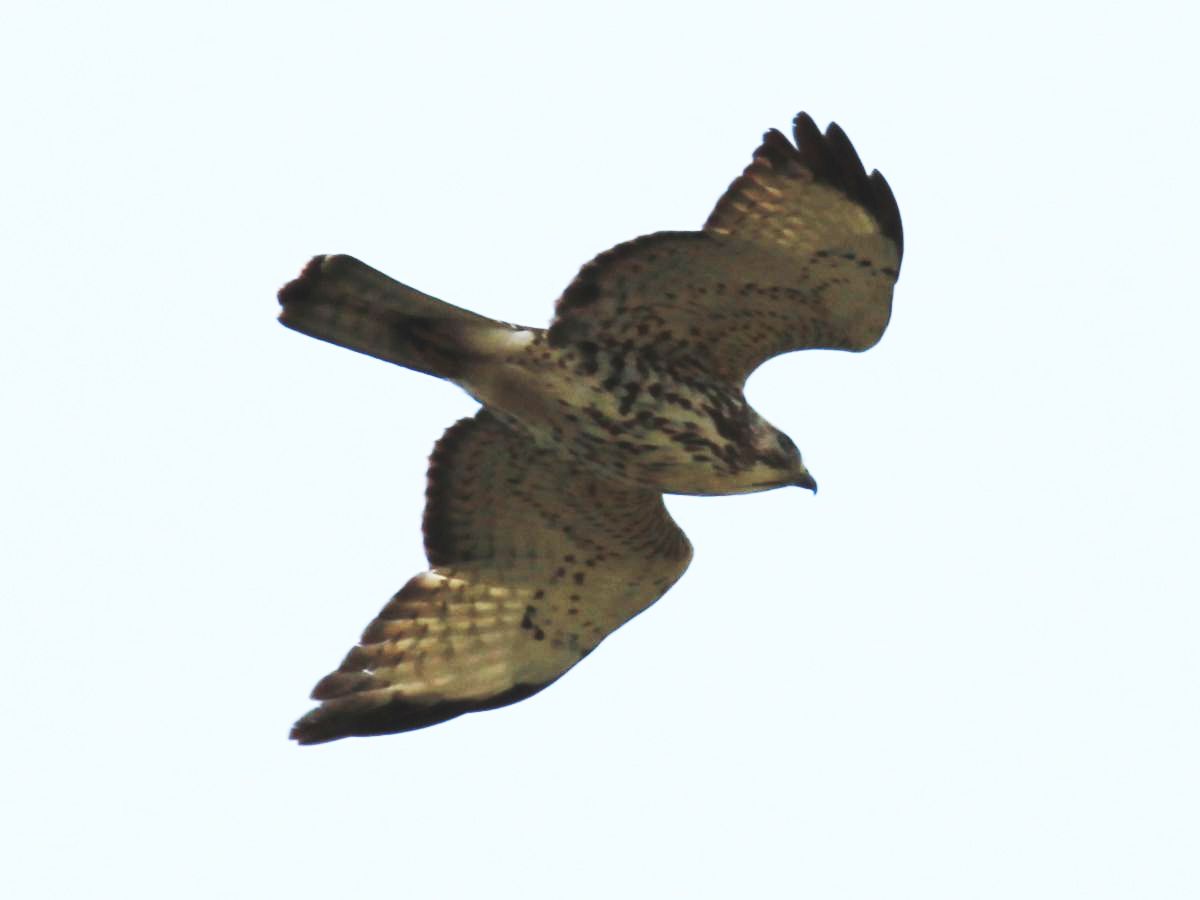
Broad-winged Hawk first-cycle – Dairy Mart Ponds, Tijuana River Valley, San Diego 30 Apr 2013
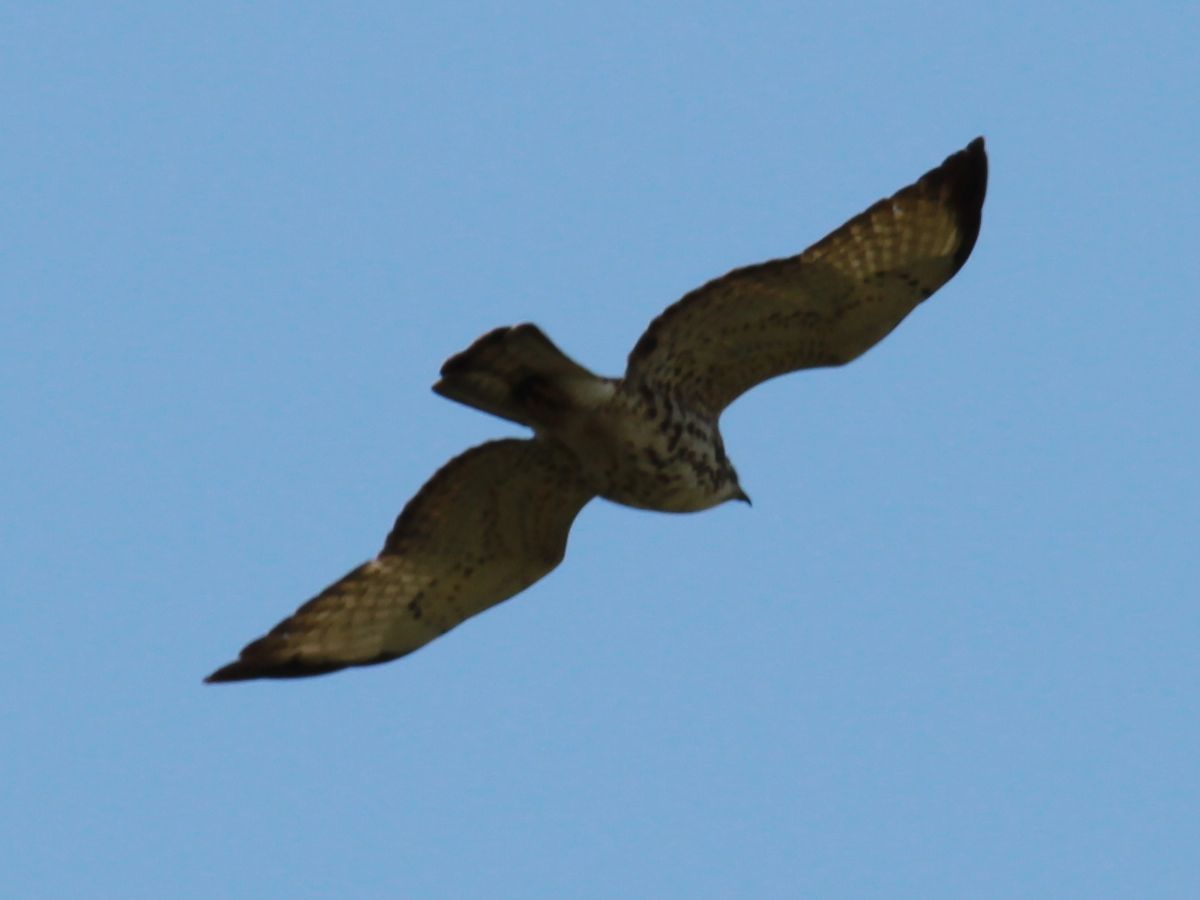
Broad-winged Hawk first-cycle – Dairy Mart Ponds, Tijuana River Valley, San Diego 30 Apr 2013
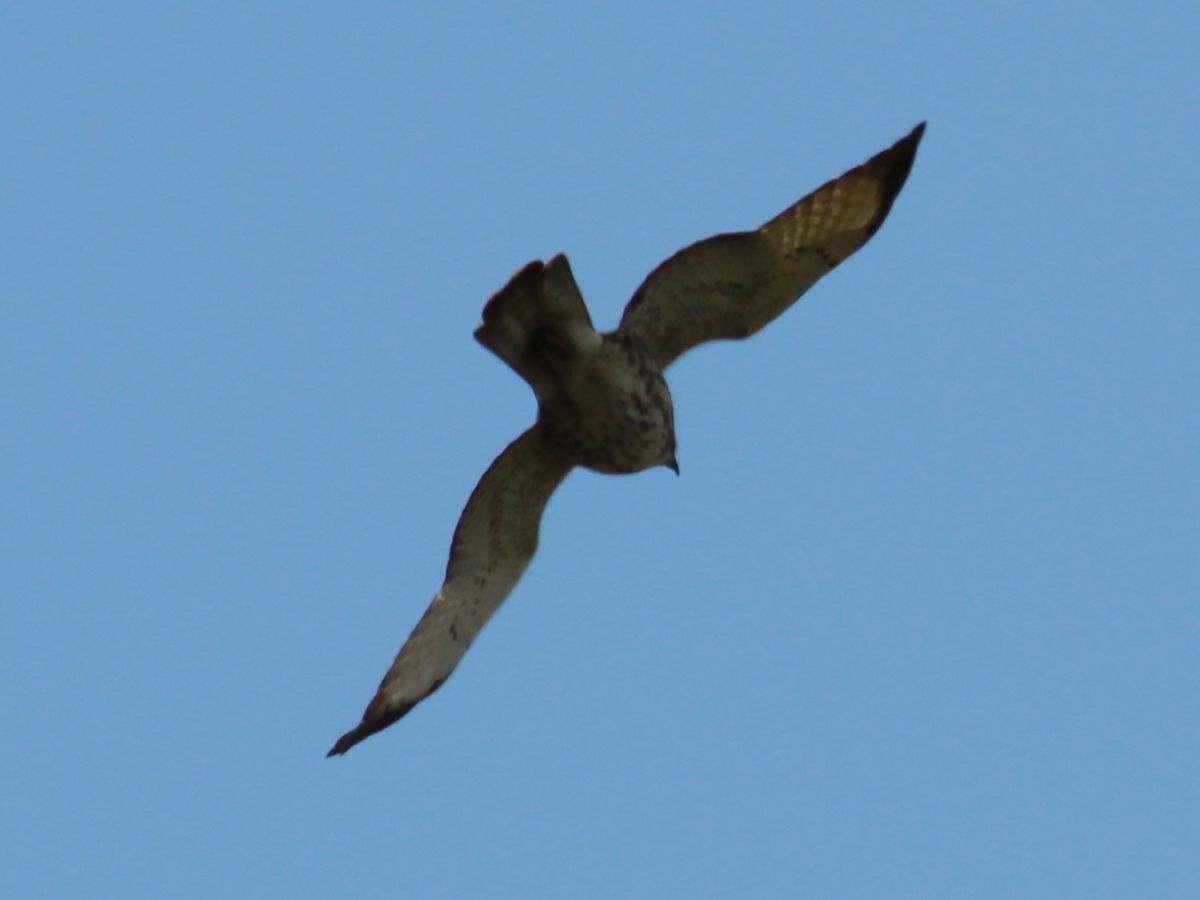
Broad-winged Hawk first-cycle – Dairy Mart Ponds, Tijuana River Valley, San Diego 30 Apr 2013

Broad-winged Hawk first-cycle – Dairy Mart Ponds, Tijuana River Valley, San Diego 30 Apr 2013

Broad-winged Hawk first-cycle – Dairy Mart Ponds, Tijuana River Valley, San Diego 30 Apr 2013

Broad-winged Hawk first-cycle – Dairy Mart Ponds, Tijuana River Valley, San Diego 30 Apr 2013
Spring records of Broad-winged Hawk in San Diego County seem to be much rarer than fall records, although even the latter have fallen off in number in recent years based on the San Diego County Bird Atlas (Unitt, 2004). Only three spring records are documented in the bird atlas, all in April and with two late in the month, so this record would seem to fit quite well in this pattern of occurrence. San Diego Field Ornithologists considers this species to be a Category B rarity in the county.
